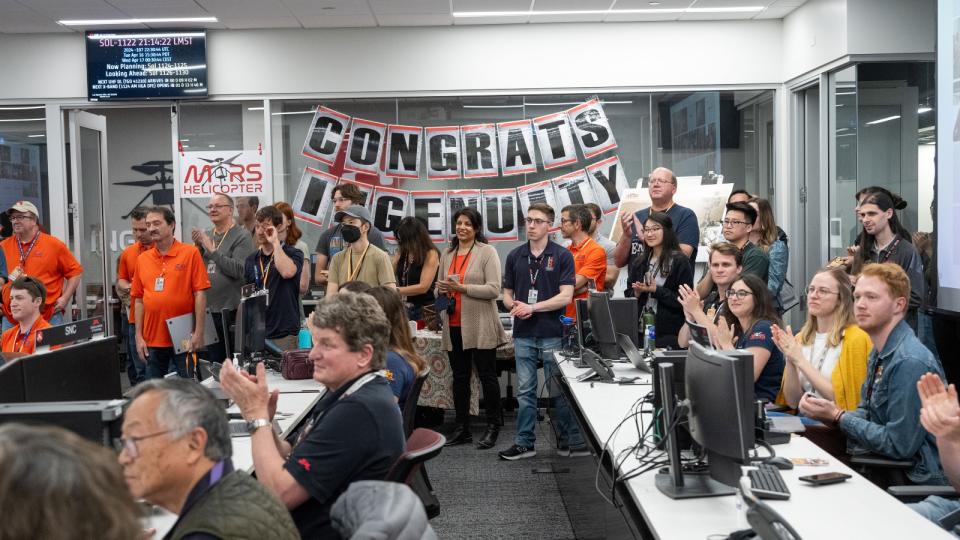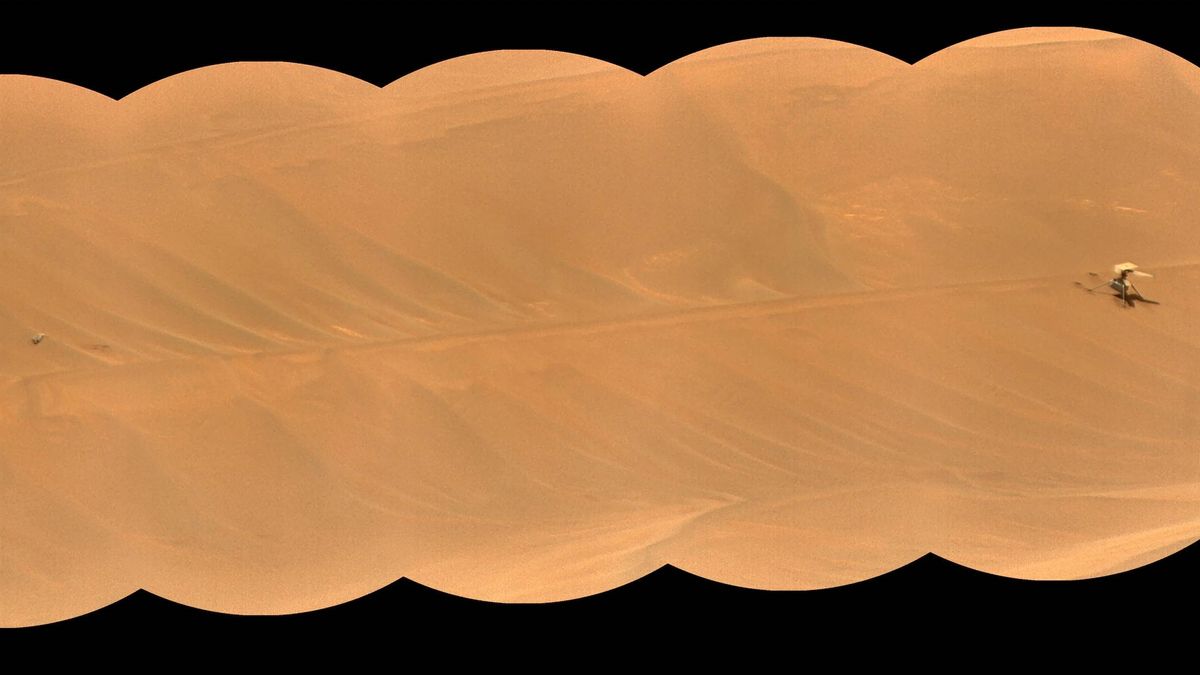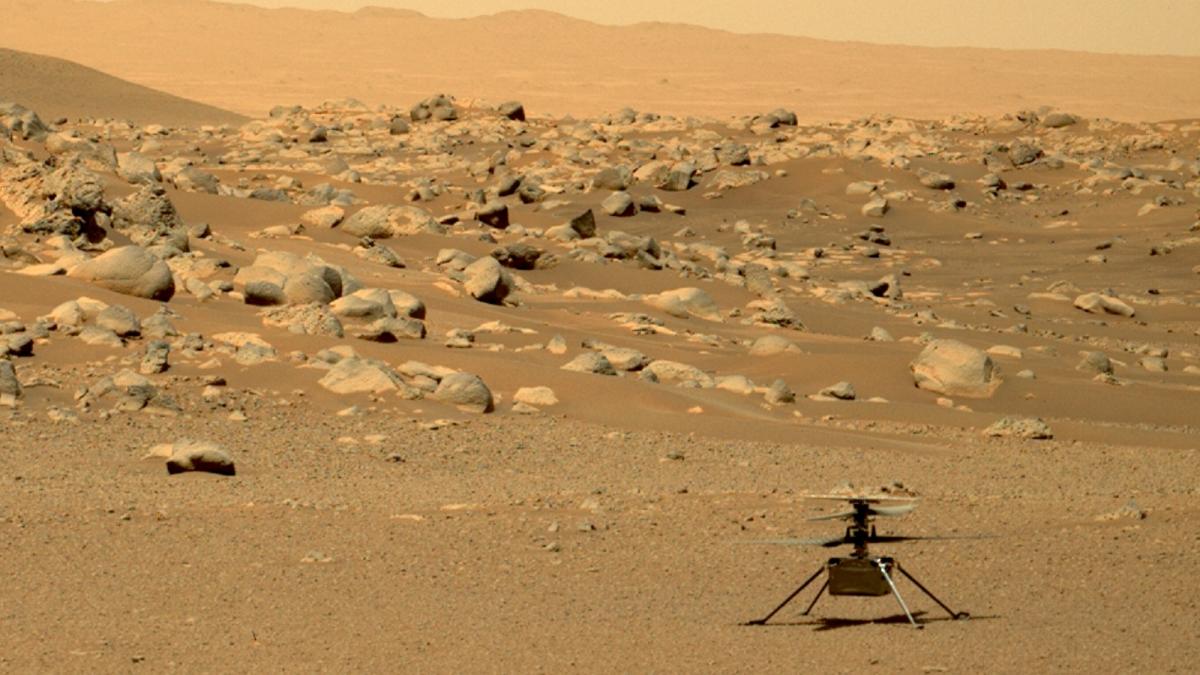
NASA's Ingenuity Mars Helicopter, the first aircraft to fly on another planet, has come to an end after over 1,000 Martian days on the surface and 72 flights. The helicopter will remain at 'Valinor Hills' while NASA's Perseverance rover continues its exploration of Jezero Crater. Ingenuity operated for almost three years, flying more than 14 times farther than expected and logging over two hours of total flight time. A software update was sent to the helicopter, allowing it to continue collecting data even after communications with the rover have ceased.
The helicopter will wake up daily, activate its flight computers, test performance of its solar panel, batteries and electronic equipment, take a picture of the surface with its color camera and collect temperature data from sensors. Ingenuity's memory could potentially hold about 20 years' worth of daily data if it stops collecting information due to a critical electrical component failure or dust accumulation on the solar panel.
The Ingenuity Mars Helicopter was built by JPL, which also manages the project for NASA Headquarters. It is supported by NASA's Science Mission Directorate. AeroVironment Inc., Qualcomm, and SolAero provided design assistance and major vehicle components for the mission.
Ingenuity's team lead Josh Anderson expressed his gratitude towards the helicopter's achievements: 'It is almost unbelievable that after over 1,000 Martian days on the surface, 72 flights, and one rough landing, she still has something to give. And thanks to the dedication of this amazing team, not only did Ingenuity overachieve beyond our wildest dreams, but also it may teach us new lessons in the years to come.'
The helicopter's final resting place is named 'Valinor Hills', a reference to J.R.R. Tolkien's 'The Lord of the Rings'. Ingenuity will continue collecting data until it loses power or fills up its remaining memory space.




